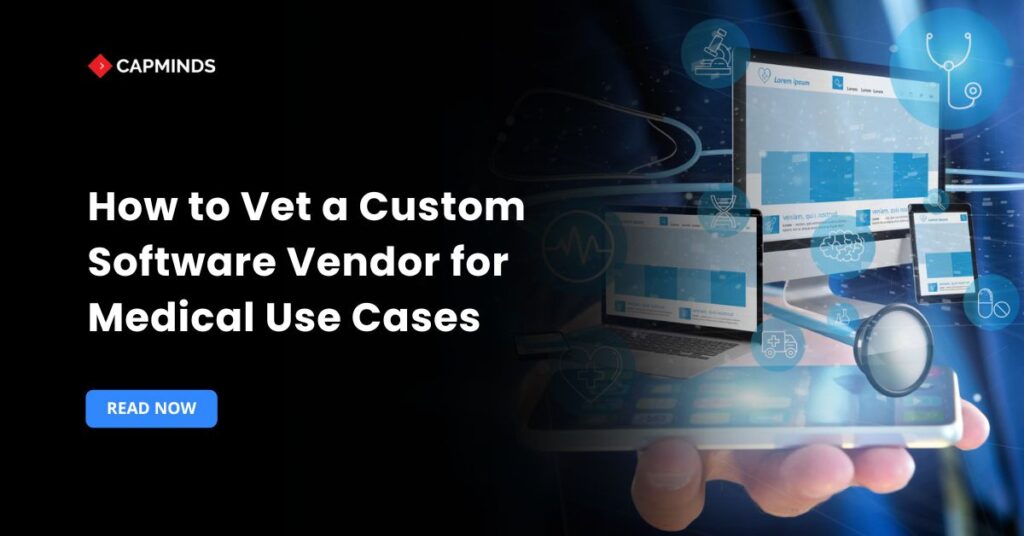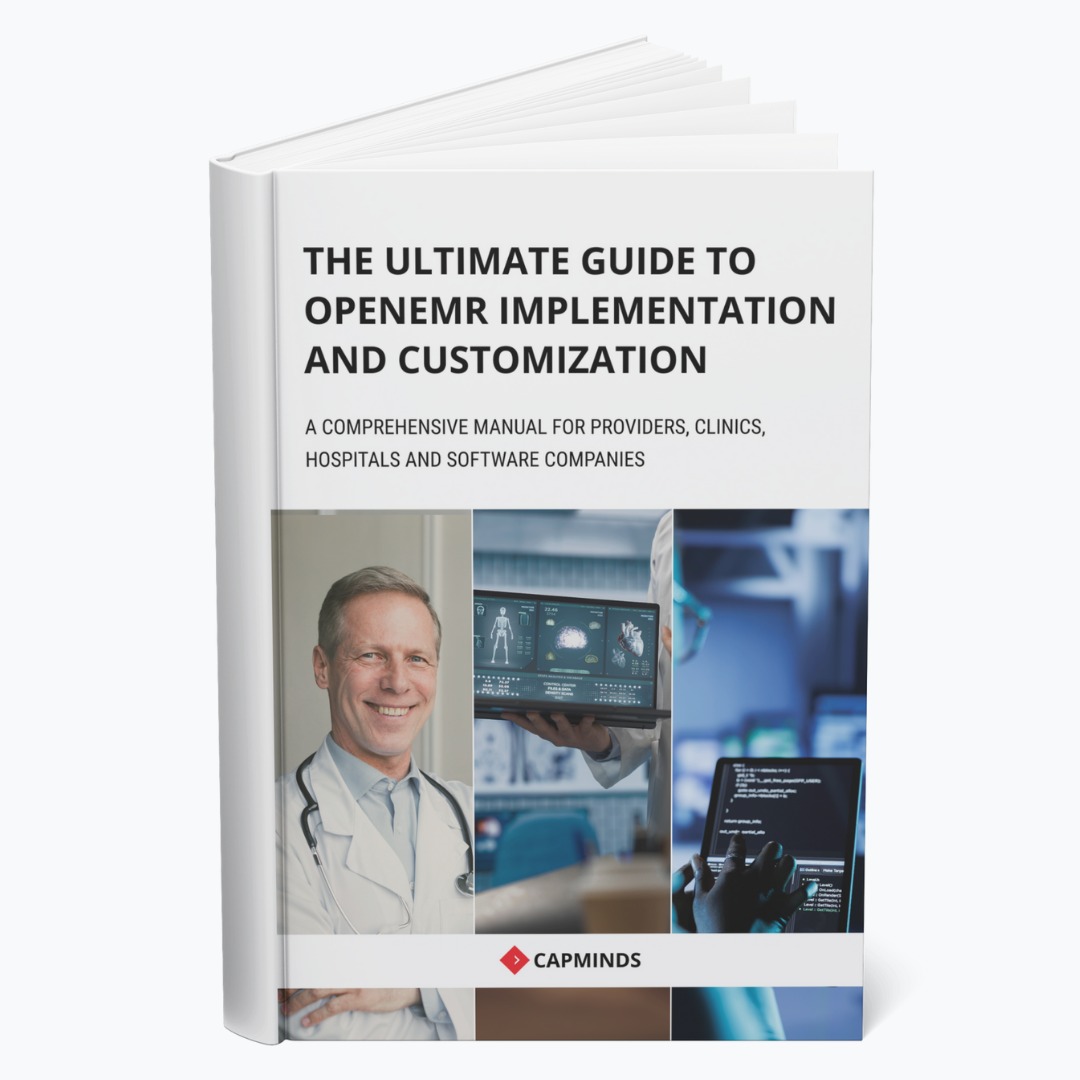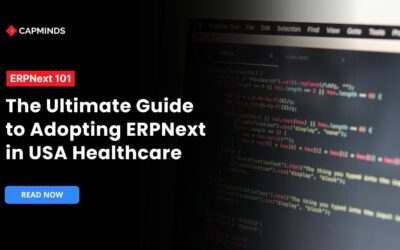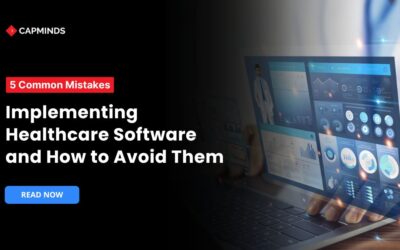How to Vet a Custom Software Vendor for Medical Use Cases
Choosing the correct software provider for medical use cases is critical. A rigorous screening procedure guarantees that the solution satisfies legal and clinical criteria. According to HealthIT.gov, a structured vendor evaluation is the first step in the vendor selection process to gather data and reduce possibilities. Experts advise creating precise evaluation standards that are in line with company objectives and cover functional, technical, security, integration, and support.
According to HHS guidance on cloud services handling ePHI, adherence to laws like HIPAA and data protection standards is mandatory in the healthcare industry.
Providers can select a vendor that protects patient privacy and safety with confidence by combining regulatory rigor with expert review. In this blog post, we share the key criteria for evaluating a custom software vendor for medical use cases.
The Critical Importance of Vendor Selection in Healthcare
External software partners help healthcare businesses with key activities such as keeping patient records, performing clinical workflows, and protecting sensitive data. A blunder in selecting the incorrect vendor can result in system failures, regulatory fines, costly data breaches, and, worse, jeopardized patient safety.
Structured vendor assessments help filter down hundreds of possibilities to a few suitable applicants, ensuring that the chosen partner meets your clinical demands and regulatory criteria.
Furthermore, with 58% of healthcare data breaches traceable back to third-party vendors, rigorous vetting is required to protect patient information and avoid penalties of $1.5 million per incident.
Protecting Patient Safety and Quality of Care
- Decision-making and clinical workflows are directly impacted by healthcare software.
- Errors in medicine ordering or patient monitoring could be increased if a vendor with no domain experience creates features or integrations that are faulty.
- On the other hand, installations go more smoothly and patient care is disrupted less frequently when a partner with extensive healthcare knowledge is involved.
Ensuring Data Security and Regulatory Compliance
- Every vendor that handles ePHI is required to abide by HIPAA’s Security Rule, which includes carrying out in-depth risk assessments and putting in place protections for availability, confidentiality, and integrity.
- Vendor-related threats and vulnerabilities are evaluated by businesses using tools such as the ONC’s Security Risk Assessment Tool.
- To further lower risks, recent proposed HHS regulations would require even more stringent vendor control, including multi-factor authentication, official incident response plans, and quick breach notifications.
Minimizing Operational Disruption and Financial Risk
- A carefully considered vendor reduces downtime and hidden expenses by offering clear implementation roadmaps, thorough training, and dependable post-go-live support.
- On the other hand, healthcare teams frequently have to fill gaps left by vendors who lack demonstrated support capabilities, which results in process delays and cost overruns.
Key Criteria for Evaluating Medical Software Vendors
When selecting a vendor, healthcare companies must weigh operational realities, legal requirements, and clinical needs. To prevent expensive fines and safeguard patient privacy, first make sure the vendor complies with all applicable laws and standards, including HIPAA, GDPR, and FDA software advice.
Next, seek out technical prowess and extensive experience in the healthcare area, such as proficiency with EHR, telemedicine, or medical device software, which are frequently acknowledged in peer-reviewed papers or the Gartner Magic Quadrant.
Integration capability is essential: for laboratories, pharmacies, and devices to exchange data without interruption, your systems must “speak” common healthcare languages like HL7 or FHIR. Security cannot be neglected; to protect ePHI, manufacturers must adhere to NIST guidelines and employ robust encryption. Lastly, strong support and transparent SLAs guarantee that you will receive training, updates, and quick problem-solving without incurring additional fees.
Compliance and Regulatory Adherence
Vendors handling patient data must follow strict rules:
- HIPAA Security & Privacy Rules: Require thorough risk analyses and safeguards (administrative, technical, physical) to protect ePHI.
- FDA Software Guidance: If your software qualifies as a medical device, verify compliance with IEC 62304 or the FDA’s software lifecycle processes.
- Third-Party Risk Management: Ensure continuous monitoring of vendor security post-onboarding to catch new vulnerabilities.
- Emerging Regulations: Keep an eye on HHS’s 2025 NPRM mandating MFA, rapid breach notifications, and annual audits.
Technical Expertise and Domain Knowledge
A vendor’s track record and specialized skills directly impact project success:
- Healthcare Experience: Look for case studies in EHR integrations, telehealth platforms, or medical device software; experience reduces the learning curve.
- Analyst Ratings: Gartner Magic Quadrant and Critical Capabilities reports score vendors on “Completeness of Vision” and “Ability to Execute,” reflecting both strategy and delivery strength.
- Dedicated Healthcare Teams: Vendors with devoted healthcare divisions demonstrate deeper domain focus.
Integration Capabilities
Seamless data exchange is non-negotiable in modern healthcare:
- Standards Support: Ensure the vendor’s solution natively supports HL7 v2/v3, CDA, CCD, and FHIR RESTful APIs for real-time interoperability.
- APIs & Middleware: Look for robust API management, message transformation, and event-driven architectures that simplify connecting labs, imaging systems, and partner platforms.
- Scalability & Performance: Integration engines must handle high-volume data flows without bottlenecks.
Security Measures
Protecting sensitive health data demands rigorous engineering:
- NIST Frameworks: Align with NIST SP 800-66 for HIPAA controls and SP 800-213 for medical IoT device security.
- Encryption Standards: Data at rest should use AES-256, while data in transit must use TLS 1.3 or better.
- Incident Response: Verify the vendor’s plan for vulnerability scans, penetration tests, and rapid breach notification to minimize downtime and data loss.
Support and Maintenance
Ongoing service quality hinges on clear agreements and responsive teams:
- Service-Level Agreements: SLAs should define uptime guarantees, mean time to repair, and penalties for missed targets, essential for life-critical applications.
- Training & Documentation: Comprehensive onboarding, user manuals, and regular best-practice webinars ensure smooth adoption.
- Versioning & Updates: Look for transparent roadmaps, backward-compatible upgrades, and dedicated support channels to handle urgent fixes without surprise costs.
Developing a Structured Evaluation Process
A structured evaluation process ensures you compare potential vendors objectively by defining what matters most, gathering the right stakeholders, using a consistent scoring template, digging into real-world performance, and then ranking candidates to make a confident choice.
- Start by listing the categories you care about: functional fit, technical requirements, support, security, and total cost of ownership, and then break each into specific requirements. Assign each category a weight so the final score reflects your organization’s priorities.
- Build a cross-functional evaluation committee that includes IT, clinical leaders, finance, legal/compliance, and end-user representatives. Having diverse perspectives ensures you won’t miss critical requirements or risks.
- Use a spreadsheet or template to lay out criteria, weights, and a simple scoring scale. HealthIT.gov offers a free Vendor Evaluation Matrix Tool you can download and customize. As you gather vendor responses, rate each one against every criterion to keep comparisons consistent.
- Issue an RFI/RFP to collect detailed information on features, pricing, support plans, and compliance certifications. Then schedule live demos, site visits, and reference calls to see the software in action and confirm vendor claims.
- Multiply each vendor’s score by the criterion weight, then sum to get a total score for each vendor. Rank vendors by score to reveal the top performers and narrow your shortlist to two or three finalists.
- Prepare a brief report summarizing each finalist’s strengths, weaknesses, and total score to share with decision-makers. Record the rationale for your selection before entering contract negotiations, ensuring transparency and alignment across your organization.
Build Your Custom Healthcare Software with CapMinds
At CapMinds, we create custom healthcare software made just for you. Whether you’re a clinic, hospital, or health organization, we build tools that match how you work, not the other way around.
Here’s what you’ll get with us:
- Software that fits your workflow and care style
- Easy connections with your EHR, billing, telehealth, and patient tools
- Fast, secure, and reliable cloud setup
- Full support with updates, fixes, and improvements
- Safe data transfer from your old systems
Why CapMinds?
We solve real problems in healthcare software, like making systems talk to each other, keeping data safe, and building easy-to-use tools that grow with you.
Our team uses smart methods and healthcare knowledge to build your software faster and more affordably. Let’s build something that works for you.
Contact CapMinds today to get custom healthcare software that helps you care better, work smarter, and grow stronger.



